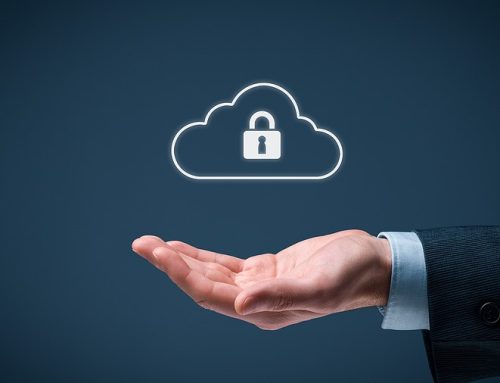Migrating from GroupWise to Microsoft 365 brings a host of benefits, from eliminating bloated servers to improving performance and compliance. The migration process can prove complex, however, and a botched migration may result in lost data and productivity. Organizations that follow a detailed GroupWise migration guide achieve smooth migrations with minimal impact.
Preparation and communication mean the difference between a broken migration and a positive user experience, with little disruption to email. Consider the following steps for success, from up-front planning through post-migration tasks.
1. Conduct a Detailed Project Assessment
Careful planning will determine the success of an email migration. Involve key stakeholders from the start as you define a migration plan. This includes migration consultants and IT personnel, but also end users. With the stakeholders, determine a communication plan for the duration of the project.
Once you have assembled your team, conduct a thorough system review. For instance, how many mailboxes exist, and how much data do they hold? Be sure to review any applicable regulations and retention requirements. You will also need to locate the personal archives, which can present a challenge.
Determine what data to migrate. You could simply transfer everything. However, redundant, outdated data adds significant time and cost to the migration process. Taking time to clean up mailboxes prior to migration can save headaches. Additionally, you will need to determine what emails to archive and what should transfer to the live system.
2. Collect the Data
Once you have identified the data to migrate, collect the data. This will include moving personal archives from local storage media to a central location for processing. The data is then cataloged and processed.

3. Provision Users in the Target System
Before migrating the data, you must set up users in the new system. For Microsoft 365, for example, this will involve provisioning users in Azure Active Directory. Keep in mind that users may have multiple mailboxes in GroupWise. Migration presents an opportunity to resolve those duplicates, archive mailboxes for former employees and otherwise clean up the mail structure.
As you set up the new system, take time to review and update email policies. Automating email retention policies helps organizations maintain regulatory compliance. It can also save on email storage costs and facilitate eDiscovery down the road.
4. Migrate the Data
Once you have collected and processed the data and created user accounts in the new system, you can begin migrating. Depending on the number of mailboxes and the needs of your organization, you may choose to migrate the mailboxes gradually or all at once. A migration consultant will help you choose the best plan that will cause minimal disruption to users.
If you have planned carefully and partnered with experienced migration consultants, the cutover to the new system should go smoothly. Users should be able to open their new email on Go Live day and resume work with scarcely a pause.
5. Complete Post-Migration Tasks
With the new system up and running, you will need to complete a few post-migration tasks. This will include some cleanup on the back end. It will also include training end users in the new system. Plan for both initial training and ongoing reminders. Effective communication and multi-faceted training will help to ensure a positive user experience.

Get a Free Emailed GroupWise Migration Guide
The migration experts at Messaging Architects bring deep experience supporting both GroupWise and Microsoft 365 environments. Compiling the experience of hundreds of successful migrations, they have prepared a free GroupWise Migration Guide to support organizations through the migration process.
To further ensure a painless migration process, consider partnering with Messaging Architects. Our consultants use processes and tools specifically designed for GroupWise migrations. And experienced project managers work closely with your team from initial assessment through post-migration tasks.








